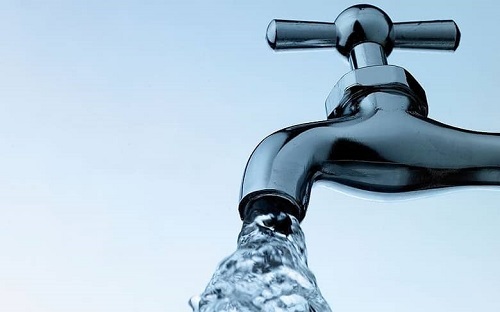 Saturday, September 28, 2024
Saturday, September 28, 2024  Saturday, September 28, 2024
Saturday, September 28, 2024 
While restaurants, gyms, schools, and other buildings are closed indefinitely to prevent the spread of COVID-19, the water left sitting in pipes could change in quality.
It’s possible that water left sitting for long periods of time could contain excessive amounts of heavy metals and pathogens concentrated in pipes nationwide, say researchers who have begun a field study on the impact of a pandemic shutdown on buildings.
Stagnant water wouldn’t only be a problem for recently closed-down buildings. Water could have been bad for months or years in old hospital buildings that cities are reopening to accommodate a potential influx of COVID-19 patients.
“We don’t design buildings to be shut down for months. This study focuses on the consequences and could help building owners make sure that their buildings are safe and operational when occupants return,” says Andrew Whelton, associate professor of civil engineering and environmental and ecological engineering at Purdue University.
The researchers began their study upon receiving funding from the National Science Foundation’s Rapid Response Research (RAPID) program. The study involves monitoring water quality in buildings both during a period of extended vacancy and when occupants have returned.
This field study is part of a national effort to advise public health officials, building owners, and water utilities on how to safely recommission buildings with low or no occupancy due to the pandemic.
Whelton and other researchers across the US have begun drafting recommendations compiled by this effort in a paper pending publication. Collaborating with Purdue in this effort are experts from leading plumbing safety scientists and engineers from Virginia Tech, Legionella Risk Management Inc., Arizona State University, the University of Memphis, the University of Iowa, Northeastern University, and Polytechnique Montréal in Canada.
Check out the video gallery here